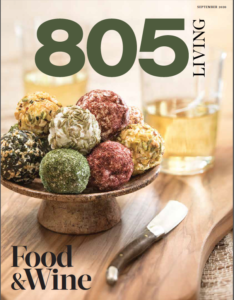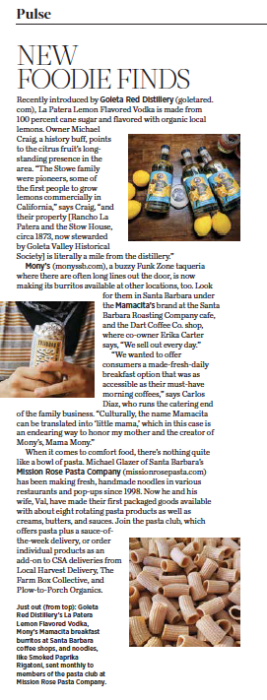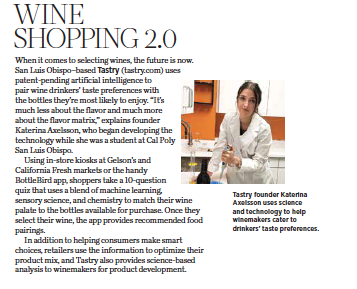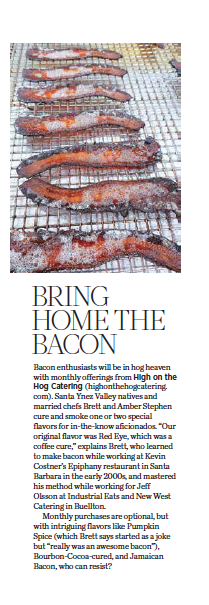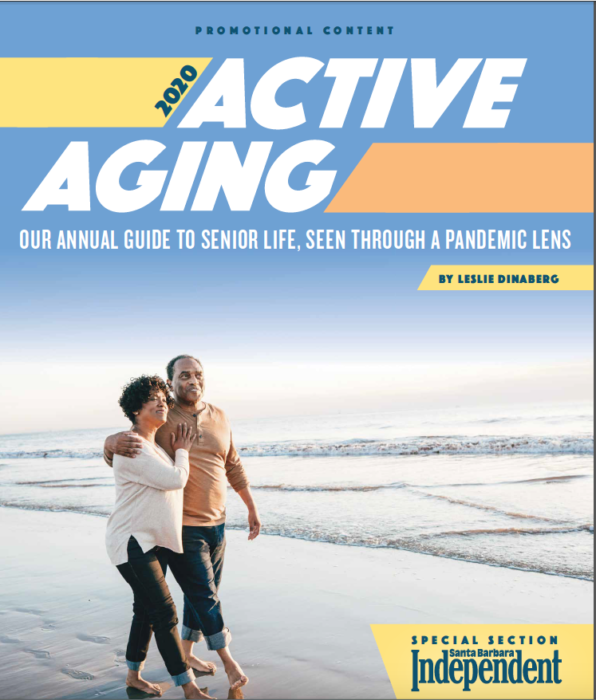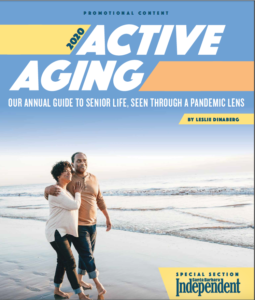As Santa Barbara’s tech sector continues to grow and evolve, so do the challenges and opportunities presented here. I asked a bunch of industry leaders for their observations, and what follows is a snapshot of what’s going on today.
ATTRACTING TALENT IS EASIER: A common complaint is that it’s hard to attract employees here compared to larger markets like Silicon Valley. “There’s a little bit of truth to that—you generally have a bigger pool—but you also don’t have the extreme competition and somewhat lack of loyalty of employees in that market,” said Elizabeth Cholawsky, president and CEO of HG Insights. “There’s a lot more turnover of employees in the Bay Area.”
As the former CEO of the Sunnyvale-based Support.com, Cholawsky said the challenges of attracting top talent are offset by advantages. “It is a small community, so people that aren’t at the top of their game often don’t survive in Santa Barbara because everybody knows everybody and experiences get shared pretty openly,” she said. “The cream of the crop rises in Santa Barbara because a lot of people want to stay here because it’s such a beautiful place to live. So you do your best to do your best, and if you’re not, it gets weeded out by the fact that we’ve got a tight-knit community.”
Others appreciate that advantage as well. “Santa Barbara is very underrated in terms of its ability to offer a challenging and a healthy tech environment, maybe without some of the rat-race elements that Silicon Valley has become,” said Mike Muench, CEO and president of Seek Thermal, who worked in Silicon Valley while a VP for Apple. “I’ve talked to a number of transplants from Silicon Valley at the executive or professional level, and, almost without exception, they’ve felt the same way: Why didn’t I do this 10 years ago? This still gives me all the technical and professional challenges that I need, but from a lifestyle tradeoff, it’s a lot more balanced and healthy.”
LONGER TENURES: “People who join the company tend to stay in the company longer, which is nice,” said ParentSquare cofounder Anupama Vaid. “In the Bay Area, the churn is so high.”
Having been a VP of the Leaf Group in Santa Monica, Entrada Ventures’ operating partner Julie Henley McNamara agrees. “There’s a real sense of loyalty here,” she said. “You’re not stressed when you get to the office because there wasn’t a lot of rigmarole to get there. From Carpinteria to Goleta, there is traffic, but nothing like the Bay Area or L.A.”
WORK-LIFE BALANCE: “Santa Barbara, especially in the day and age of COVID, offers a great quality of life and a growing, thriving, tight-knit community,” said Amy Meyer, Chief People Officer at AppFolio. “There are a lot of interconnections, just a couple degrees of separation, and the Santa Barbara community has a lot to offer. We also do a lot of work in the community—giving back through our employee driven give-back program.”
ParentSquare’s employees have access to Gold’s Gym just downstairs, explained Vaid, “and our Christmas parties and our annual get-togethers are always something outdoorsy.”
Nathan Ziv of Invoca said that their employees did a lot of team hikes prior to COVID, and that he often will take an employee out for a one-on-one meeting by walking to Stearns Wharf, just a few blocks from their office at the bottom of State Street. “When surf is good, go take a longer lunch and get in the water and then come back,” he said. “After that, you can do meetings and whatnot. I don’t think you can do that as easily in a big city.”
COMMUNITY COLLABORATION: The tech community’s interconnectedness is in part due to its relatively small size, but there’s also a concerted effort on the part of leaders to work together.
As the COVID pandemic began, Meyer from AppFolio helped create a forum for HR leaders in the tri-county area. “There’s about 15 to 20 of us from various tech companies that meet every couple of weeks, specifically to share best practices and what’s working and what’s not in navigating COVID and how to support employees through that,” she said.
Henry Ventura, who manages diversity, inclusion, and equal employment for the County of Santa Barbara, is spearheading a Diversity Roundtable coalition with a diverse group of companies. That includes leaders from Amazon’s Alexa branch on State Street, MarBorg, Deckers Brands, Just Communities, Invoca, Sonos, and Procore, among others, to promote equitable practices in the workplace.
COST OF HOUSING: The cost of living is “definitely a challenge,” said Meyer. “In light of living in a pandemic, people are now more than ever choosing where they want to live and having more flexibility. It’s going to get easier in some respects to recruit and to attract people to Santa Barbara because of that quality of life.”
CONTINUED EVOLUTION: Success will only create more opportunity, as Meyer explained, “Often, companies are headquartered wherever the founder lives.” But she believes the biggest continued growth will be thanks to UCSB’s established tech ecosystem and a growing talent pool from Westmont College.
She explained, “Both will continue to create the space for entrepreneurial, innovative thinkers and draw them.”
Tech Talk Special Issue for the Santa Barbara Independent, originally published on October 1, 2020.
To read the issue as it appeared in print, please click here, Tech Talk 768_10_01_20




